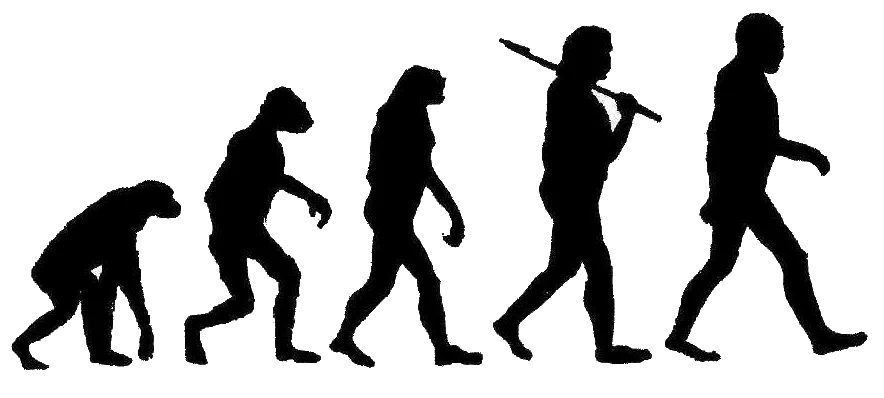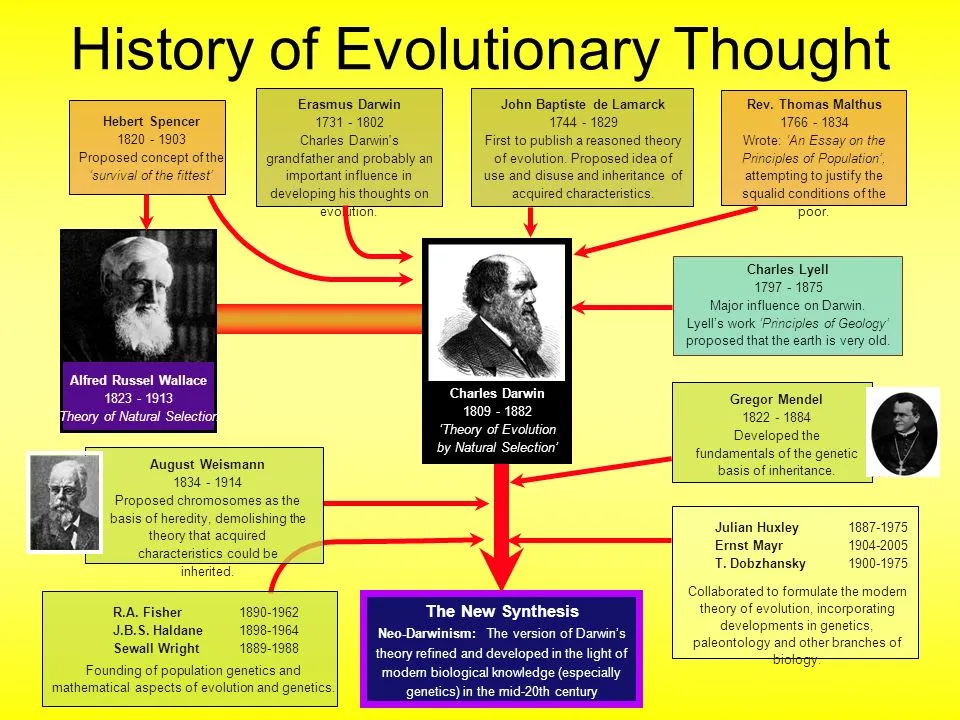 is the belief that species change over time, has roots in antiquity, and has a presence in Greek, Roman, and Chinese thought, as well as in Islamic sciences. However, Western biological thinking until the 18th century was based on substance, the belief that all species had intrinsic characteristics that could not be changed. This concept began to change during the Enlightenment when the ideas of evolutionary cosmology and mechanical philosophy moved from physical sciences to natural history. Naturalists began to focus on the diversity of organisms; with the advent of the science of extinction and the concept of extinction to undermine the fixed view of nature. In the 19th century, Jean-Baptiste Lamarck developed his theory of species transformation, the first complete scientific theories of evolution
is the belief that species change over time, has roots in antiquity, and has a presence in Greek, Roman, and Chinese thought, as well as in Islamic sciences. However, Western biological thinking until the 18th century was based on substance, the belief that all species had intrinsic characteristics that could not be changed. This concept began to change during the Enlightenment when the ideas of evolutionary cosmology and mechanical philosophy moved from physical sciences to natural history. Naturalists began to focus on the diversity of organisms; with the advent of the science of extinction and the concept of extinction to undermine the fixed view of nature. In the 19th century, Jean-Baptiste Lamarck developed his theory of species transformation, the first complete scientific theories of evolution
In 1858, Charles Darwin and Alfred Russell Wallace published a new theory of evolution described in Darwin's Origin of Species (1859). Unlike Lamarck, Darwin proposed a common ancestor and branches of the Tree of Life. The theory is based on the idea of natural selection, and has summarized a collection of evidence from animal husbandry, bio geography, geology, morphology, and embryology.
The beginning of Darwin's theory occurred during an intensively active period that began when Charles Darwin returned from a voyage to the Beagle, with his reputation as one of the collectors of fossils and geology already established. He was licensed by his father to become a world of nature instead of a clergyman, He was good at describing his collection, went on writing his journals and notes, and presented papers on his discoveries to the Geological Society of London
The controversy over Darwin's work quickly accepted the general concept of evolution, but the specific mechanism he proposed, natural selection, was not accepted until the idea was sent to developments in biology in 1920 to 1940. Before that time, scientists argued about other factors For development. Several alternatives were proposed during the Darwinian eclipse
The inheritance of acquired properties (the new immortality), an instinctive change of motion (gradual evolution), and sudden large mutations. With the compilation of natural selection and Mendelian genetics in 1920 and 1930, these two sciences established the genetics of the population. In the 1930s and 1940s, population genetics became integrated with the rest of the other biosciences, producing a large-scale evolutionary application that is used extensively in biology.